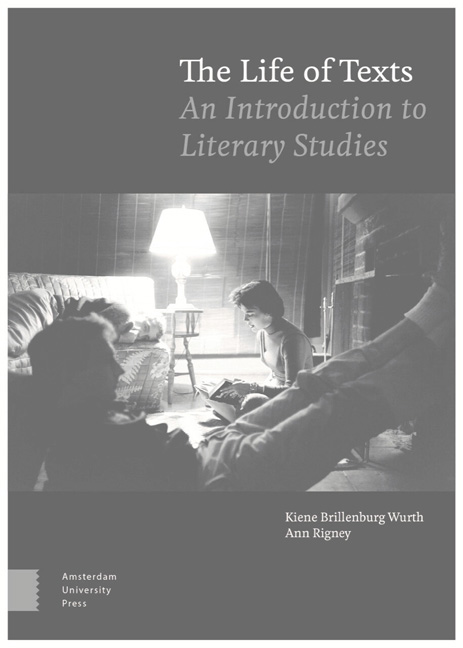2 - The Many Dimensions of Literature
Summary
Introduction: Durable texts
The cartoon above appeared on 30 August 2004 in the Dutch daily newspaper NRC Handelsblad as a comment on the impact of wind turbines on the landscape. The cartoon's humour stems from the contrast between the knight's antique armour and the hypermodern wind turbines, between current debates and a well-known literary classic.
The image epitomises the difficulties involved in today's battles over wind energy and it does so through an appeal to our awareness of one of the most famous literary characters in world literature: the imaginary Don Quixote from the 1605 novel of the same name by Miguel de Cervantes (1547-1616). Research has detailed how Cervantes’ novel travelled through Europe in translation (the first English translation was published in 1612 and the first Latvian translation in 1924). Even people who have never read the book are familiar with the name Don Quixote and the phrase ‘fighting windmills,’ which has acquired proverbial status. A novel written more than 400 years ago apparently lives on: in modern editions on bookshop shelves, in film adaptations, cartoons, and sayings – even on coins (the Spanish euro bears the image of Cervantes ). The case of Don Quixote shows that some texts are capable of leading lives beyond the singular context of their creation: they appeal over time to new readers and prove applicable to the understanding of new situations.
In this a literary work differs from everyday communication. Most linguistic utterances are ‘disposable.’ Even if they are recorded, they are quickly forgotten. Newspapers and emails are usually read as sources of information and then put aside, not reread. It would appear, however, that some texts are not so tightly bound to a single moment. The fact that audiences in different contexts find them interesting and meaningful indicates that they have some exceptional quality allowing them to ‘work’ in different contexts and transcend their role in giving information about the world.
The capacity to be re-usable in new settings and to circulate beyond the original setting in which they were written seems to be a key characteristic of literary texts. In making this point, we do not need to confine our perspective to historical ‘greats’ like Cervantes. The novel A Game of Thrones (1996) by George R.R. Martin (b.1948), for example, has already been reprinted dozens of times, translated into several languages, adapted to a video game and board game, and to the television series, which has been seen by millions of viewers since 2011.
- Type
- Chapter
- Information
- Life of TextsAn Introduction to Literary Studies, pp. 43 - 76Publisher: Amsterdam University PressPrint publication year: 2019



